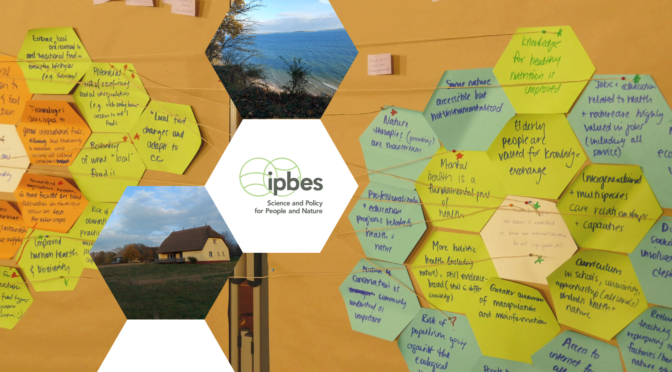Response Doctoral Program
As part of his internship at the Swiss Forum Biodiversity, RESPONSE Fellow Simon Landauer was participating in the one-week Regional Youth Workshop on IPBES for Europe and Central Asia 2023 on the island of Vilm, Germany (Nov 6 to 10, 2023). The aim of the workshop was to understand possibilities for youth engagement in the Intergovernmental Science-Policy Platform on Biodiversity and Ecosystem Services (IPBES) and apply the novel Nature Futures Framework (NFF) to develop scenarios for positive futures. The workshop itself was organized and hosted by the German Federal Agency for Nature Conservation (BfN) and its International Academy for Nature Conservation Isle of Vilm (INA), with the support of the IPBES Technical Support Unit on Capacity-building.
Decoding the Acronyms
Let’s start by demystifying the acronyms. IPBES, often dubbed as the IPCC for biodiversity, is a global panel synthesizing scientific and traditional knowledge on biodiversity and ecosystem services. Complementing this, NFF serves as a tool for scenario development, offering three unique values perspectives: Nature for Nature, Nature for Society, and Nature as Culture.
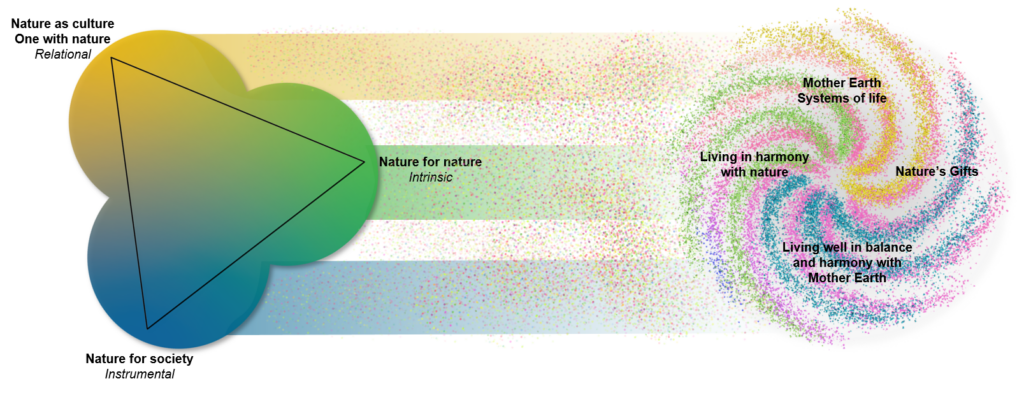
Setting the scene
On this scenic island, which is itself a symbol for nature and biodiversity conservation, participants were comprised of early career researchers and students from various nations within the regional chapter Europe and Central Asia. This regional chapter, being a geographical sub-unit of the global IPBES, spans all the way from Portugal to Kazakhstan. Each participant was representing their country of residency or origin as well as their respectively affiliated (inter)national youth networks and academic institutions.
Crafting Positive Scenarios
During the workshop on Vilm, individual groups developed scenarios for positive futures based on a mix of the above mentioned three value perspectives. The core principle when applying the NFF, is to envision futures without any rational constraints. In other words, conceptualize scenarios without any limits, to foster a more radical approach to transformative change. This was best done in an iterative moderated group discussion. Starting from seeds, innovative projects for positive future groups collected key elements and states for envisioned futures before identifying synergies between different future states. Again, feasibility was never assessed throughout the process to avoid limiting ideas. Eventually, a narrative was formed through an interview-like process where moderators encouraged group members to put forward descriptions of a daily routine in the developed future to understand organization of society and nature.
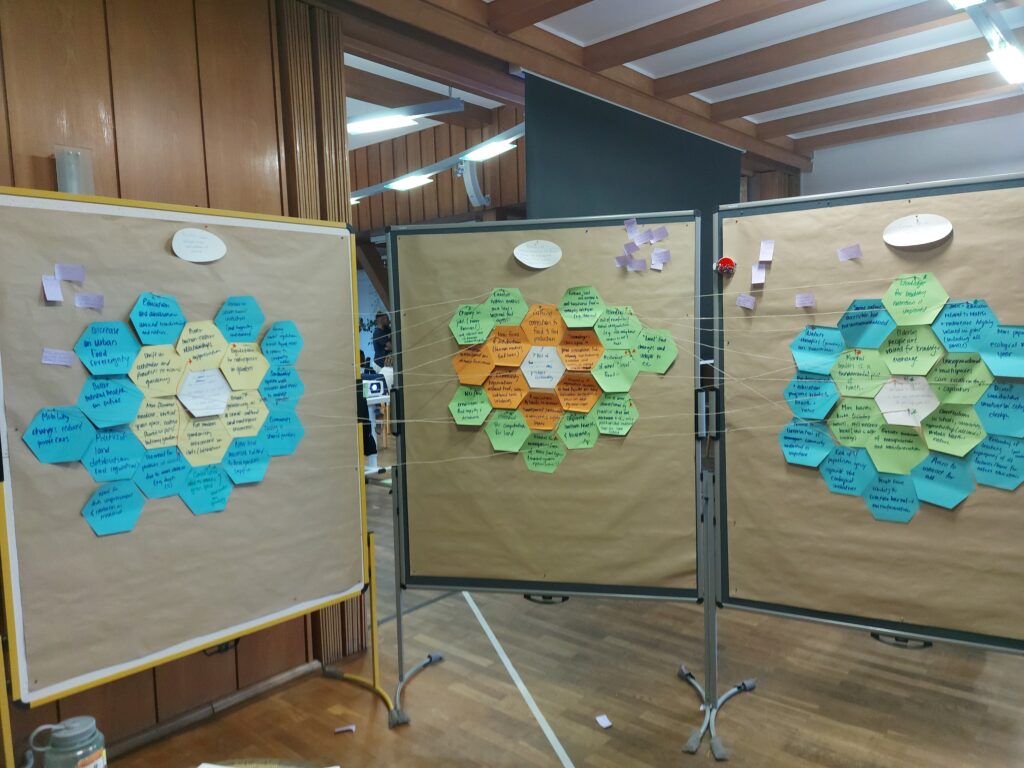
Creative Summaries
The workshop’s outcomes were as diverse as the participants themselves. Various scenarios were not just documented but creatively summarized. Focusing on the interface between Nature for Culture and Nature for Society, Simon’s group, for instance, created a fairy tale on the envisioned future in a graphic novel style using artificial intelligence. Such aimed to summarize the core values and components of the visions and highlight human-nature relationships in an engaging way.
Insights and Future Exploration
The workshop’s impact has not ended on Vilm. Ongoing efforts involve translating the insights gained into a scientific publication as well as creating a new youth network. Simon and his colleagues are actively contributing to the conversation on biodiversity, ecosystem services, and the pivotal role of youth. By sharing lessons learned and making experiences accessible, the group aims to spread the motivational spark for positive futures and highlight the importance of collective discussion with people from different backgrounds to bring upon transformative change.
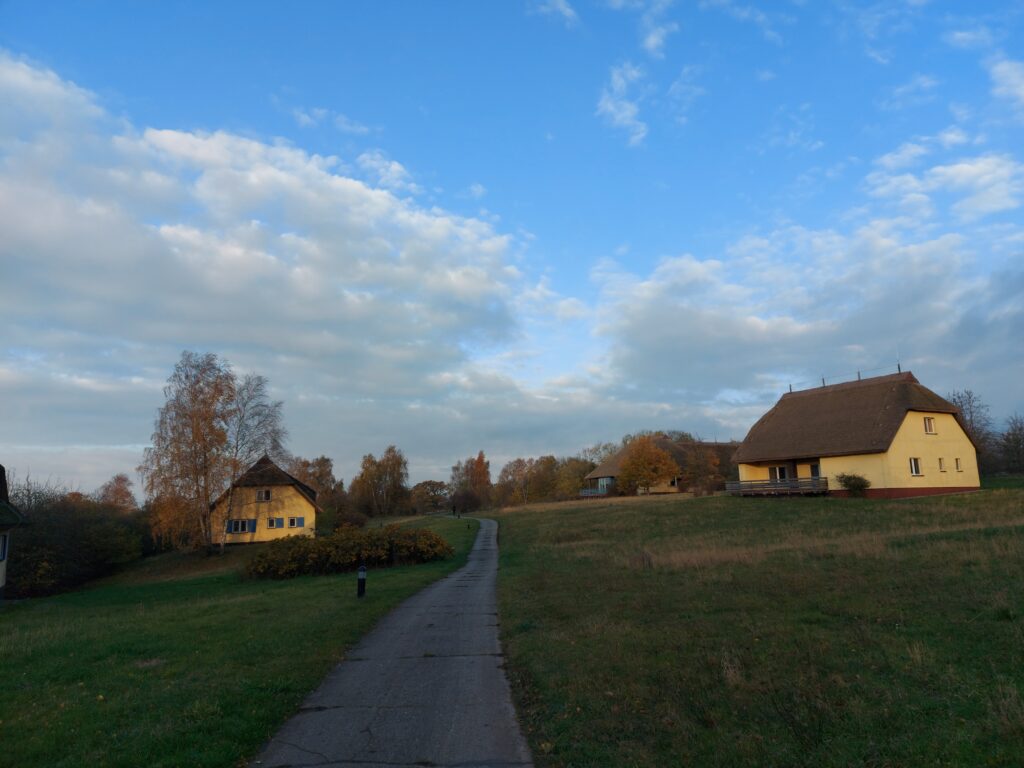
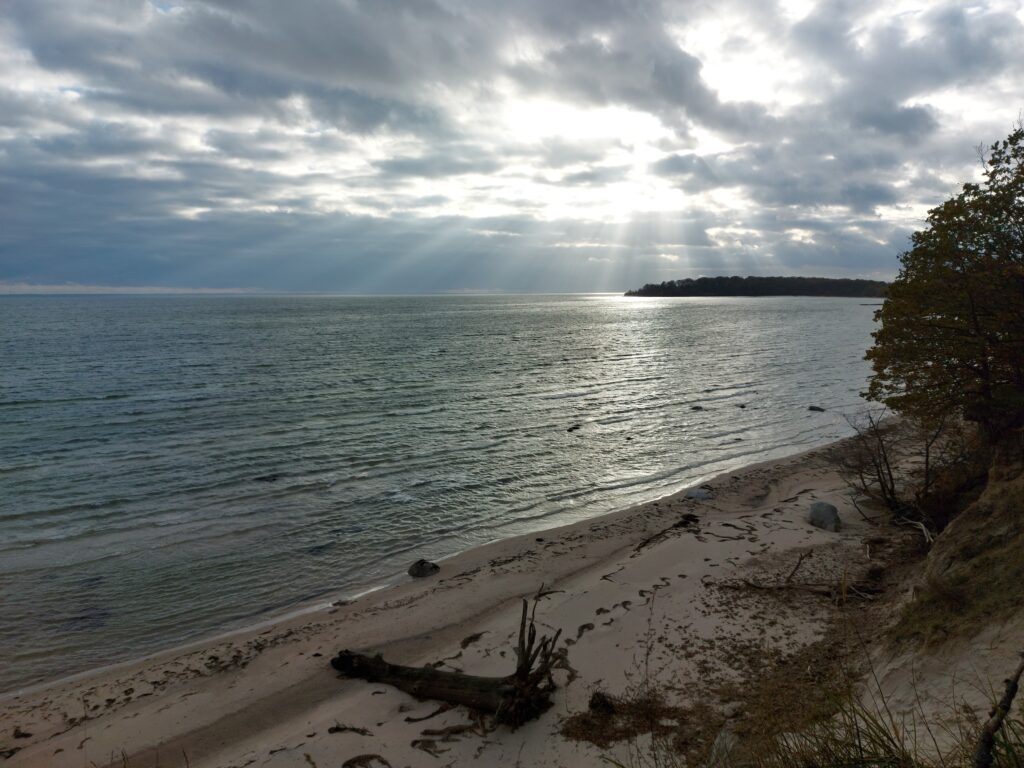
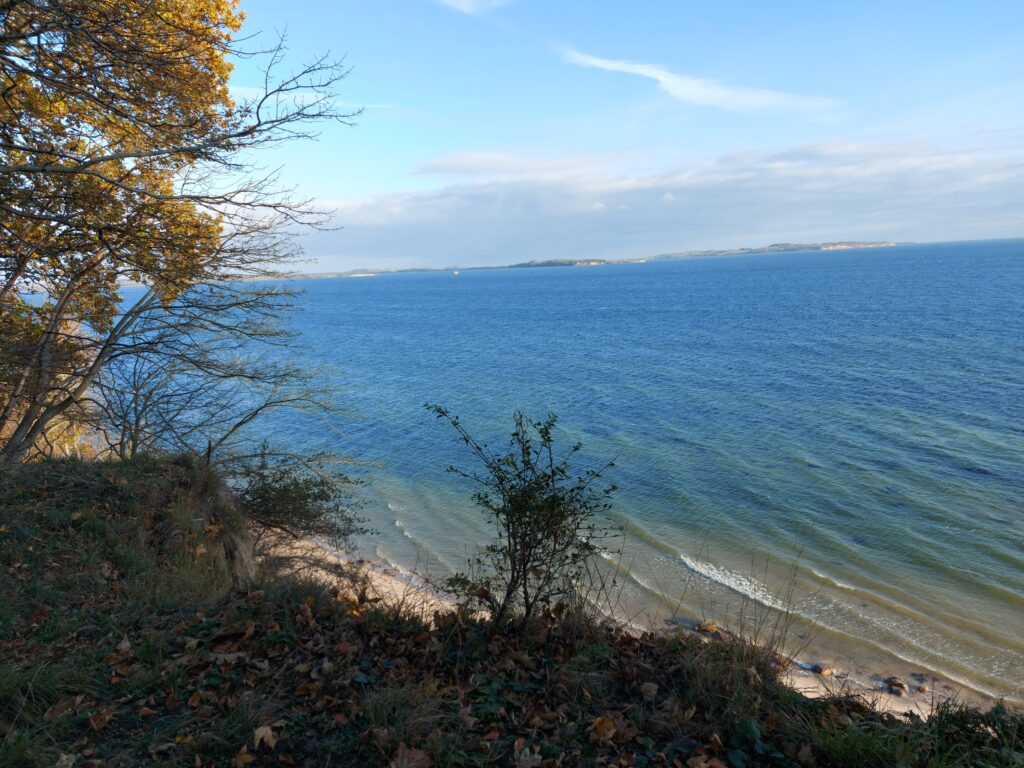
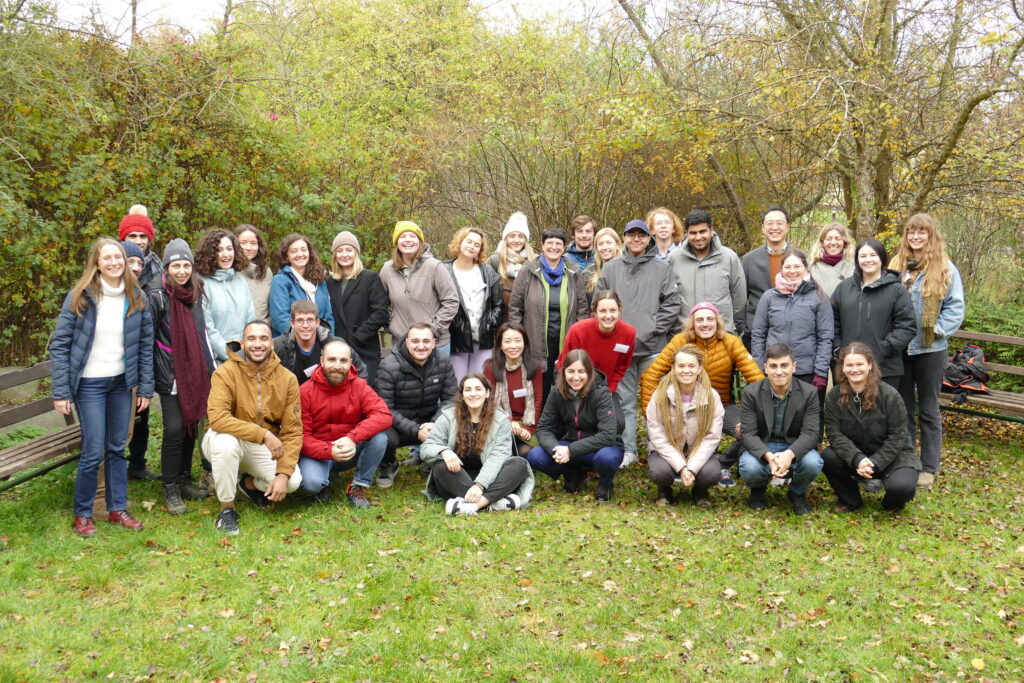
Links and Further Reading
Intergovernmental Science-Policy Platform on Biodiversity and Ecosystem Services. (2023). The Nature Futures Framework, a flexible tool to support the development of scenarios and models of desirable futures for people, nature and Mother Earth, and its methodological guidance. Zenodo. https://doi.org/10.5281/zenodo.8171339
Kim, H., et al. (2023). Towards a better future for biodiversity and people: Modelling Nature Futures. Global Environmental Change, 82, 102681.
Pereira, L. M., et al. (2020). Developing multiscale and integrative nature–people scenarios using the Nature Futures Framework. People and Nature, 2(4), 1172–1195.
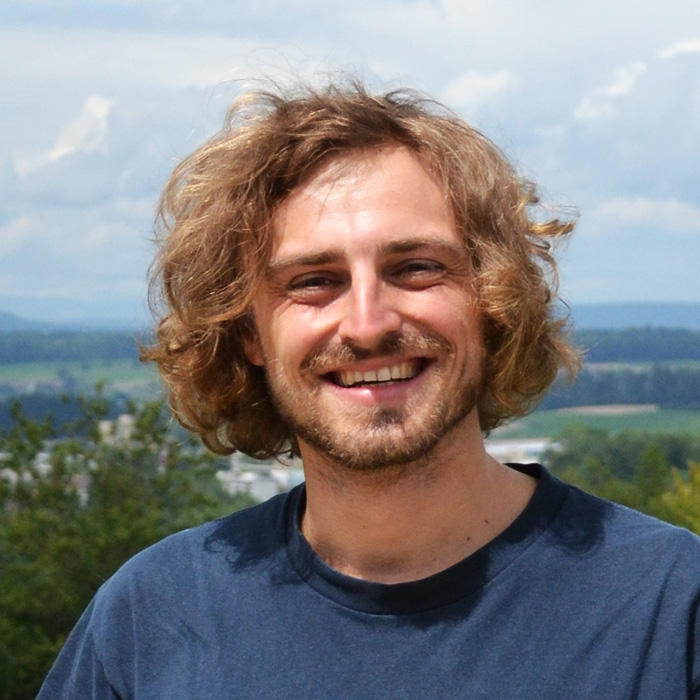
Simon Landauer is a fellow of the RESPONSE Doctoral Program (DP) «RESPONSE – to society and policy needs through plant, food and energy sciences» funded by the European Union’s Horizon 2020 research and innovation program under the Marie Skłodowska-Curie Grant Agreement No 847585.
The photos are owned by Simon Landauer and Jutta Stadler (group picture).

